A Tour of Sake Breweries in Yokkaichi City. Famous waters flow in the Spirits of Mie
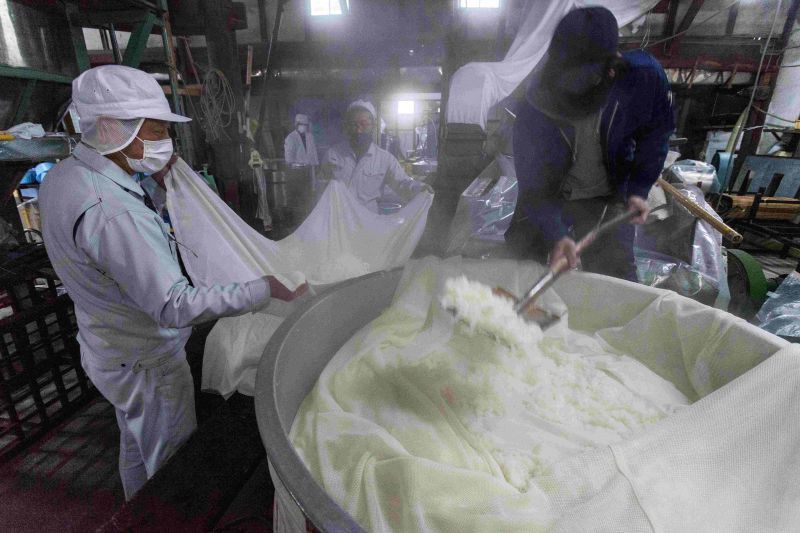
Crystal clear waters, a cold winter wind, and deep knowledge are crucial for truly great sake. Yokkaichi City has it all, blessed with pure waters gushing from countless wells fed by the Suzuka Mountains from where, in colder months, the winter wind “Suzuka Oroshi” blows down from the peaks. Combined with generations of expertise, it’s the perfect place for brewing sake, the iconic spirit of Japan known locally as nihonshu. This trip I visited two of the city’s six sake breweries.
Written by Ren Wong
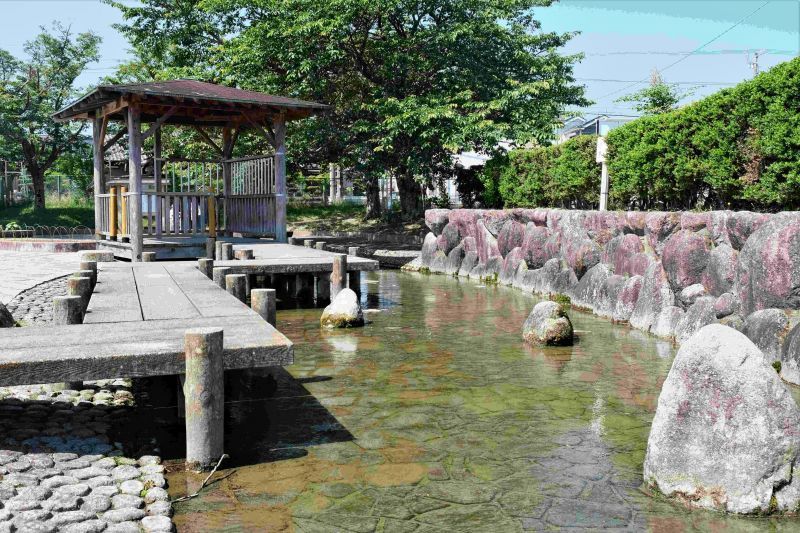
At Kintetsu Sakura Station, I was greeted by the peaceful sight of the countryside sprawling in front of the distant mountain range. In front of the station, an open space showcased the region’s waters, known as “Chishaku yosui,” designated by the Ministry of the Environment as one of Japan’s top 100 waterway.
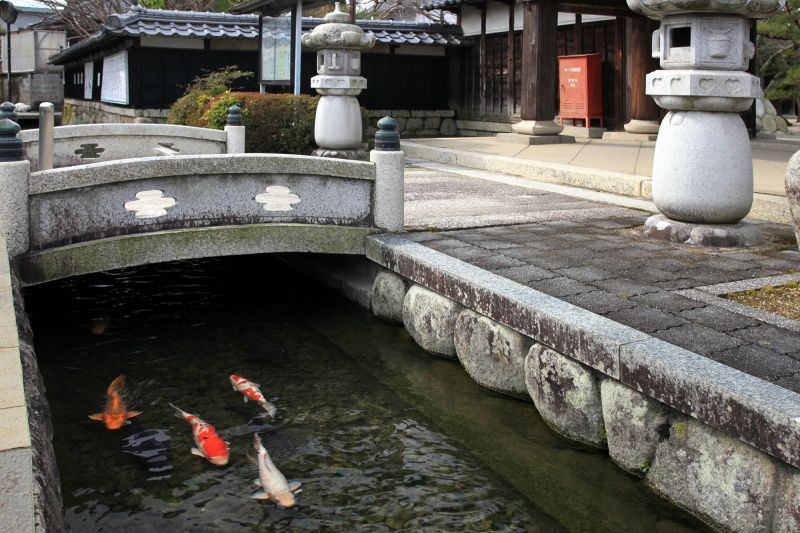
©Yokkaichi Tourism Association
Carp swim freely through the canals. A reminder of the importance of H2O in this water-rich land.
ITO Shuzou Co., Ltd.
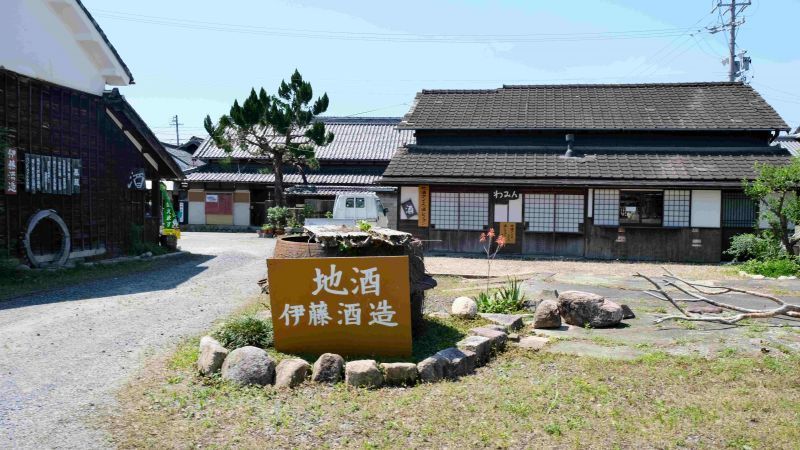
After a roughly 6-minute walk from the station, I arrived at ITO Shuzou, today’s first brewery.
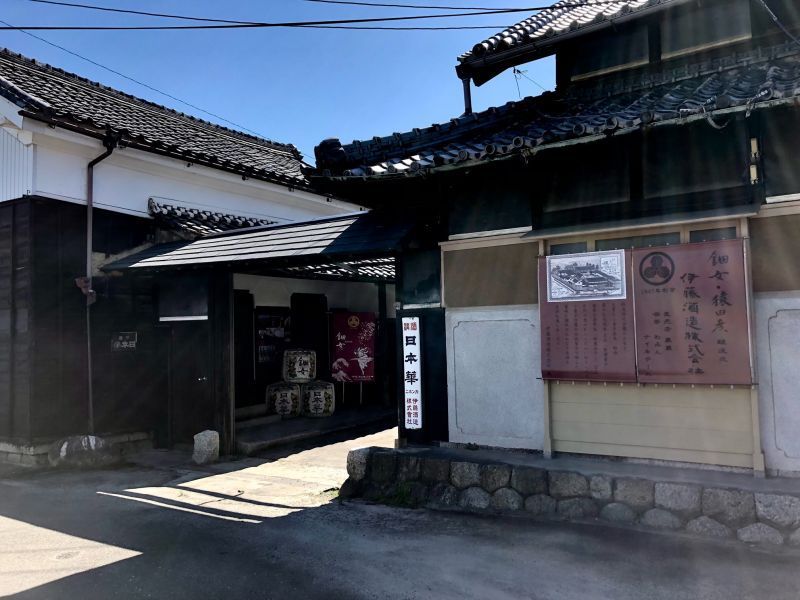
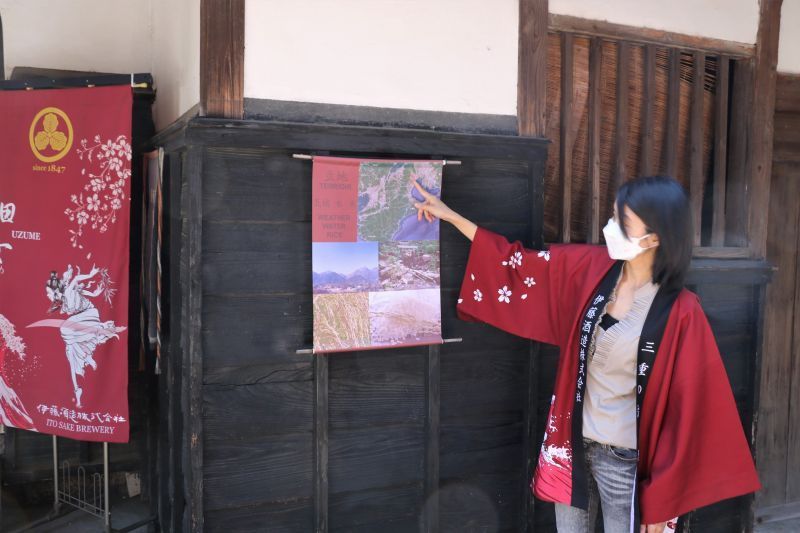
Rika Ito, a first-class licensed food analyst, guided me through the brewing process.
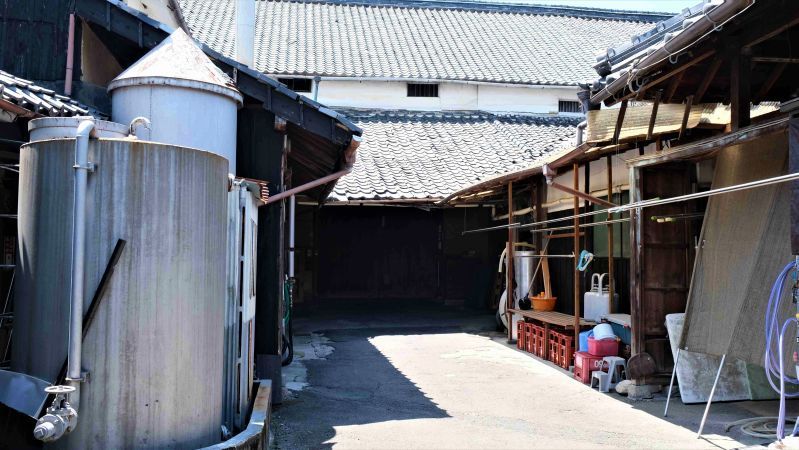
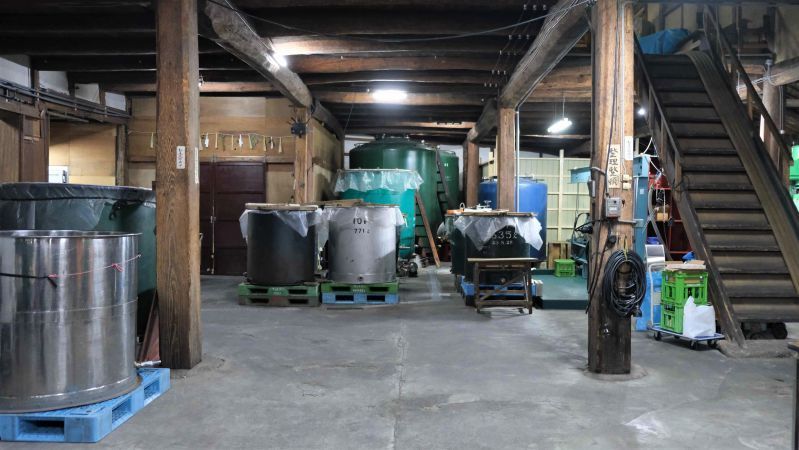
The moment the brewery door opened I was enveloped in the aroma of sake. Though hot outside, inside was cool and comfortable.
Visitors can experience making nihonshu during the brewing season from late October to mid-December. You can choose whether you would like to take part in whole brewing process, or just one part. The finished sake is labeled with the names of all people who helped make it. I wonder what mine would taste like!
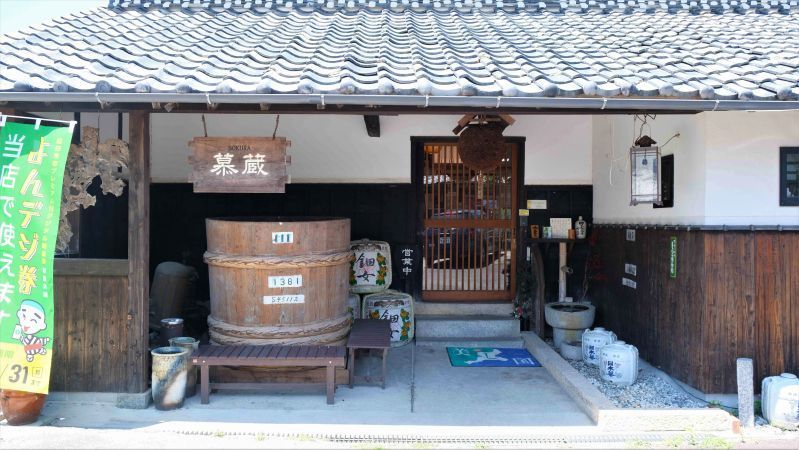
Afterwards, head to the shop.
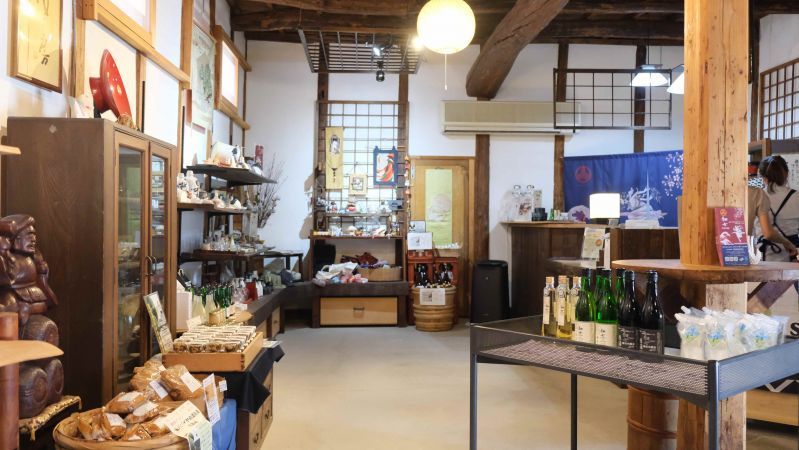
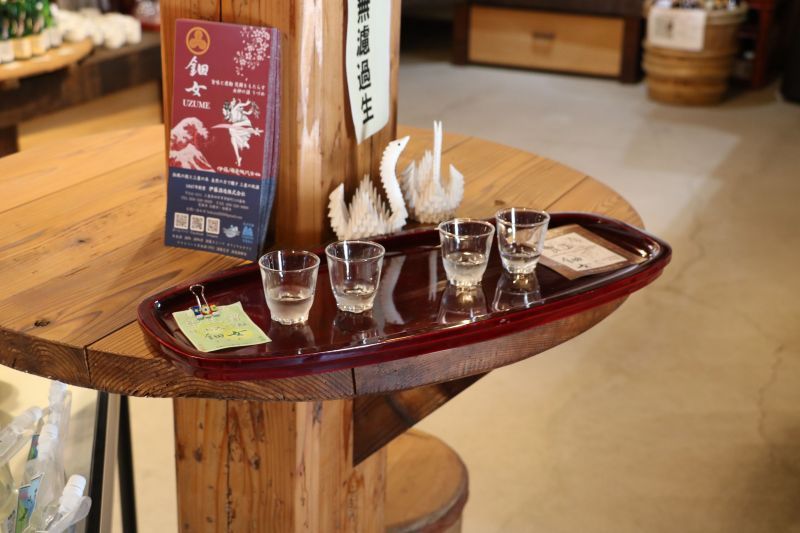
Time to sample some sake! Ito’s main brand is “UZUME,” named after a Japanese mythological goddess. First was “Junmai Daiginjo Fukuro Shibori Shizuku Namazake.” The enchanting fragrance and refined sweetness was refreshing and smooth.
The next one, “Yamahai Junmai,” was like none I’d ever tried before! Surprisingly different from the first.
The next one, “Yamahai Junmai,” was like none I’d ever tried before! Surprisingly different from the first.
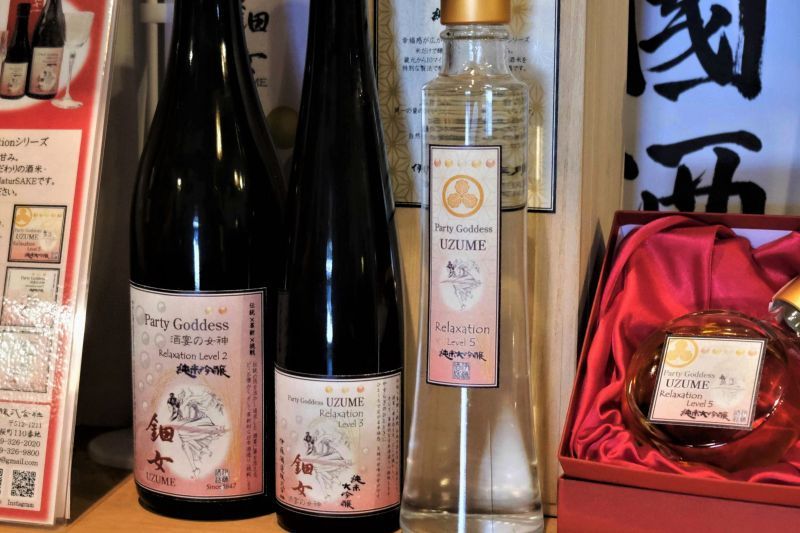
However, particularly the “Relaxation” version from the new series, “Party Goddess UZUME,” stole my heart. The tartness startled me with a flavor that defied all expectations of sake. Though quite sweet, this is no dessert wine, possessing the unmistakable elegance of nihonshu, opening my eyes and tastebuds to a new sensation. The sweet and sour seasonings of Chinese cuisine would be a natural pairing, though it would also complement cream, cheese, and tomato sauce as well.
I realized the brewery is developing sake with an eye on pairings with international cuisine. The possibilities of this ancient elixir suddenly seemed endless!
I realized the brewery is developing sake with an eye on pairings with international cuisine. The possibilities of this ancient elixir suddenly seemed endless!
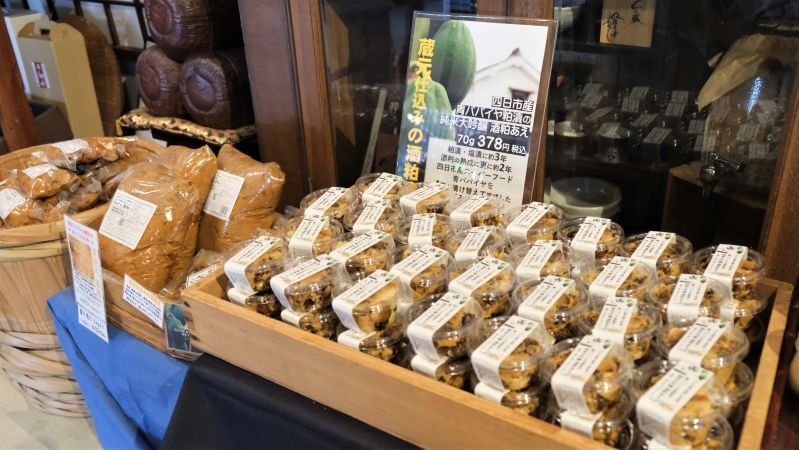
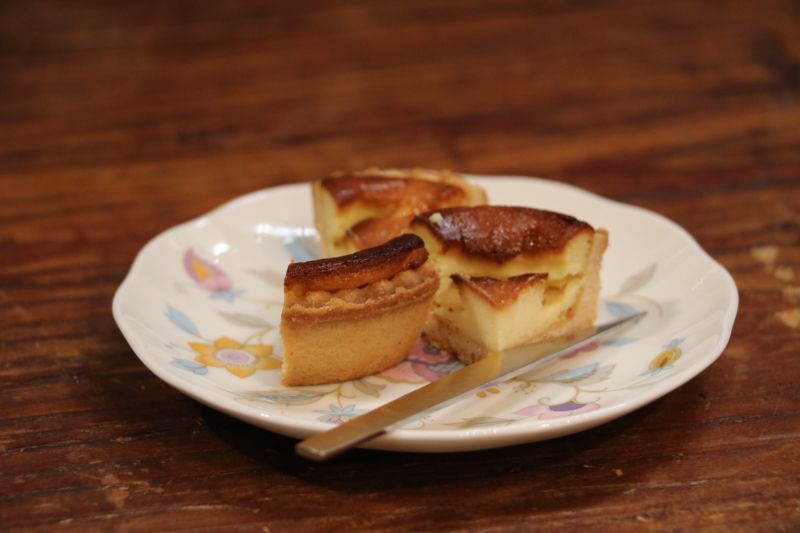
Other than sake, they develop some goods made with sake kasu (sake lees), a byproduct of brewing, recently gathering acclaim as a super food, such as the rare treat of Yokkaichi-grown green papaya pickled in sake lees. I tasted some sake kasu cake, and it was a pleasure, and the mild, understated sweetness was irresistible!
These fascinating new innovations next to traditional goods opened my eyes to the versatility of this old-world spirit.
These fascinating new innovations next to traditional goods opened my eyes to the versatility of this old-world spirit.
For more information about ITO Shuzou Co., Ltd.: www.suzukasanroku.com/HP2109Eng/index-e
Ishikawa Sake Brewery
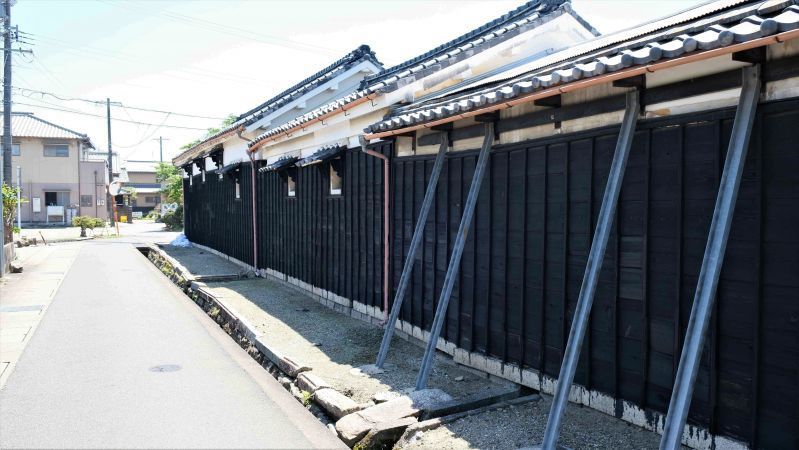
Just a 3-minute walk from ITO Shuzou, a dramatic black wall suddenly appeared.
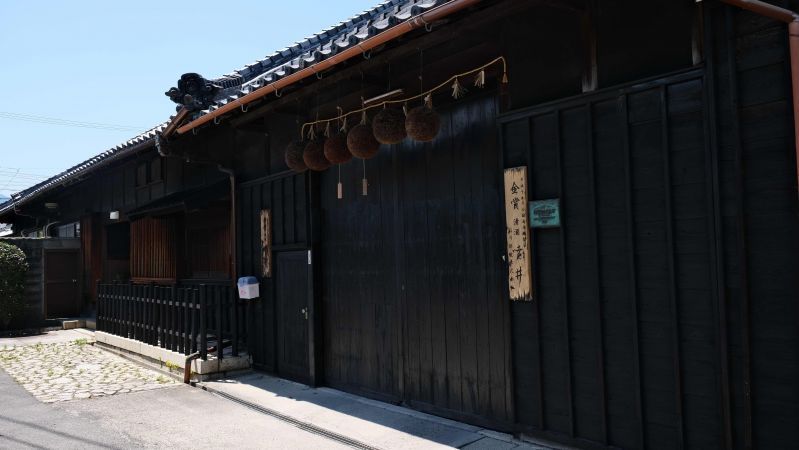
Ishikawa Sake Brewery, my second stop today, was founded in 1830. Fifteen of the onsite buildings are registered as National Tangible Cultural Properties.
Mr. Ishikawa, the company president, gave us the tour. Nothing can be seen from the outside, so I was eager to enter as the heavy gate opened.
Mr. Ishikawa, the company president, gave us the tour. Nothing can be seen from the outside, so I was eager to enter as the heavy gate opened.
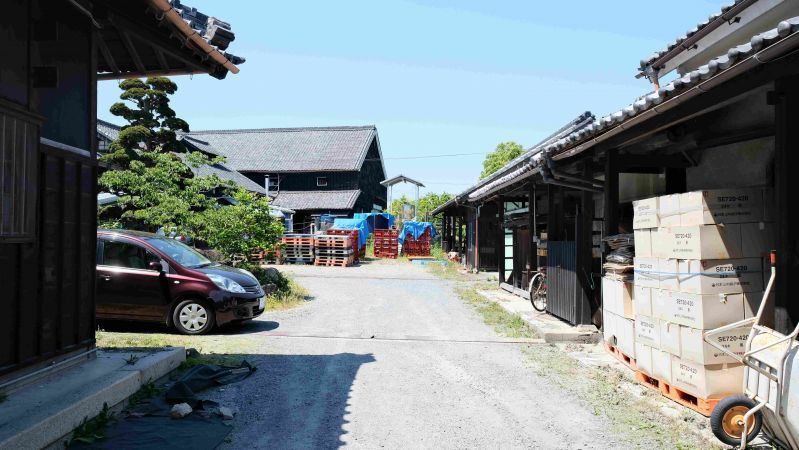
Inside, the grounds were more spacious than I imagined.